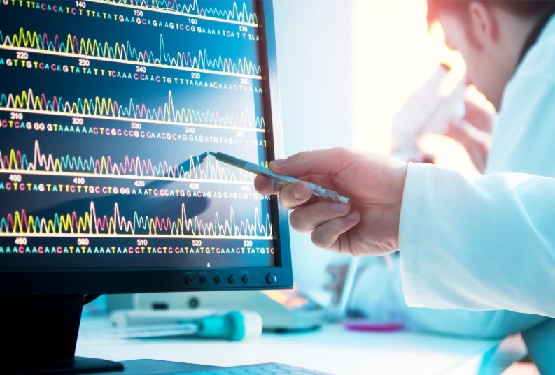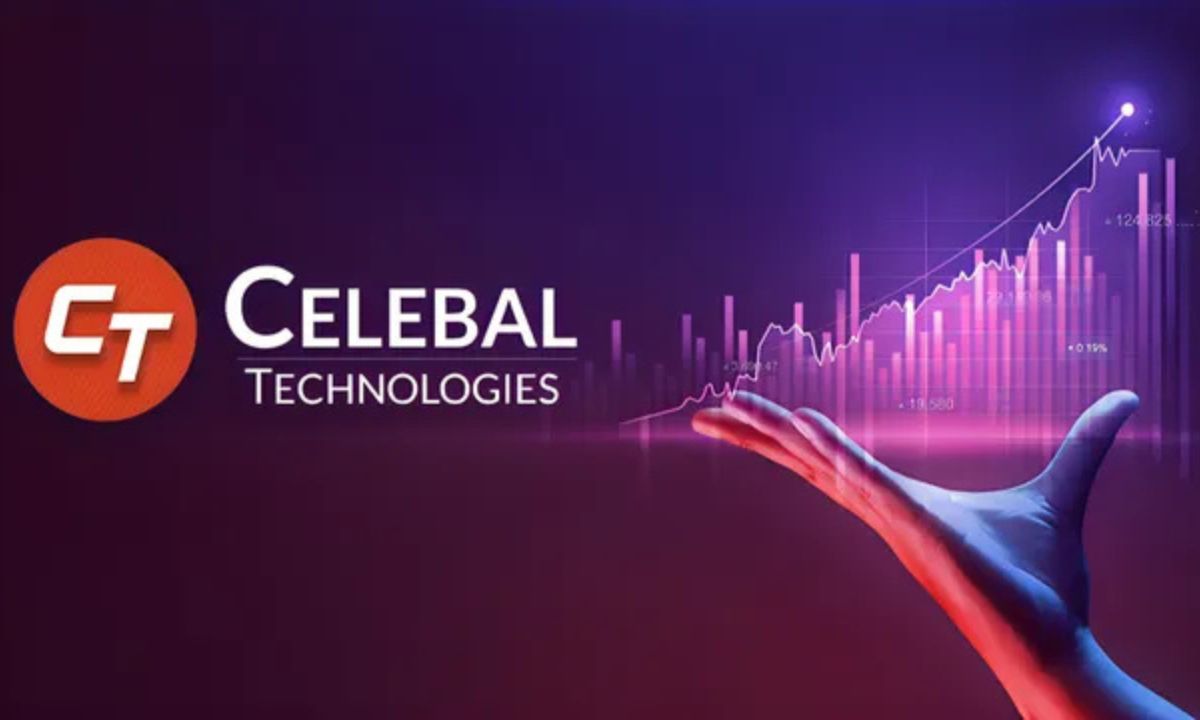Cell line generation is essential in biologics research. It supports therapeutic protein production and drug testing. Today, Contract Research Organizations (CROs) are leading this work using advanced tools. Their services help labs develop cell lines more efficiently and with greater precision.
This article explains the demand for CRO support, the technologies involved, and how these services improve research efficiency.
Why Cell Line Generation Services Are in Demand
Cell line generation services are essential in the development of biologics, gene therapies, and other therapeutic products. It enables the production of recombinant proteins and provides consistent models for preclinical evaluation and testing. However, building these capabilities internally presents significant challenges.
The process requires specialized facilities, experienced personnel, and strict quality control. Tasks such as vector design, stable transfection, and clonal selection involve high technical complexity. Establishing these systems in-house can be time-consuming and costly.
To address these challenges, many organizations choose to work with service providers. These partners offer end-to-end support, from construct design to final cell line validation. Their platforms are built for efficiency, consistency, and regulatory readiness.
By outsourcing, teams gain access to:
- Cell lines optimized for expression and stability
- Shorter development timelines through proven protocols
- Documentation aligned with regulatory expectations
- Scalable systems suitable for manufacturing transitions
In addition to technical execution, service providers often offer strategic input. This includes host cell selection, risk assessment, and workflow optimization. These contributions help reduce delays and support more reliable outcomes.
Technologies That Shape Modern Cell Line Development
Several innovations now support the creation of faster and more efficient cell lines. These tools enhance consistency, minimize manual labor, and facilitate better informed decision-making during screening and validation.
Gene Editing Tools
Technologies like CRISPR-Cas9 and base editors allow targeted DNA changes. This makes it easier to control protein expression. Edited cell lines are often more stable and productive. CROs utilize gene editing to create lines that align with specific research objectives. These edits also support regulatory requirements for consistency and traceability.
For example, CRISPR is often used to integrate transgenes into high-expression loci. Base editors can introduce single-nucleotide changes without creating double-strand breaks, reducing the risk of genomic disruption. CROs apply these tools to design cell lines that align with specific research or production goals. Gene editing also supports traceability, a critical aspect in regulated environments.
Automation and Robotics
Automation reduces human error and speeds up repetitive tasks. Robotic systems can screen thousands of cell clones. This high-throughput method enables researchers to identify the most productive cells more efficiently.
Automated workflows reduce manual handling and improve standardization. This is essential for the development of clinical-grade cell lines and large-scale manufacturing. Consistent processing also enhances reproducibility, a crucial factor for regulatory submissions.
Lab automation also ensures clean, repeatable processes. This is important when preparing lines for large-scale production or clinical studies.
Artificial Intelligence and Machine Learning
Artificial Intelligence (AI) and Machine Learning (ML) tools process large volumes of data from screening, imaging, and process monitoring. These systems identify patterns that inform clone selection and culture optimization. They also support early prediction of performance metrics.
For instance, AI can analyze early phenotypic data to prioritize high-yield clones. ML models can forecast responses to process changes or detect early signs of genetic drift. These insights help reduce the number of experimental rounds and improve overall efficiency.
Next-Generation Sequencing (NGS)
NGS provides detailed information about the genetic composition of engineered cell lines. It is used to confirm transgene integration, assess copy number, and identify off-target effects. This supports the verification of genomic integrity throughout development.
Targeted sequencing can validate precise insertion sites. Whole-genome sequencing may reveal structural variants or unintended mutations. These data help ensure that selected clones are genetically stable and suitable for further development.

How CROs Add Value to Cell Line Development
Cell line development service providers offer more than laboratory execution. They bring specialized expertise and access to advanced technologies. Many are equipped to manage the whole workflow, from early-stage development to scale-up.
Typical services include vector design, transfection, screening, and clonal selection. This approach reduces project timelines and supports consistent technical standards.
Experienced providers also offer structured documentation, defined quality control checkpoints, and flexible engagement models. These elements are especially valuable when working under tight deadlines or within regulated environments.
Future Trends in Cell Line Generation
As biotech evolves, so do the tools and services used in cell line work. Some trends to watch include:
- Patient-Derived Models
The use of primary or reprogrammed patient cells supports the creation of personalized in vitro models. These systems can better reflect individual variability and improve the relevance of preclinical studies. - Multi-Omics Integration
Combining genomic, transcriptomic, proteomic, and metabolomic data enhances the understanding of cell behavior. This approach supports more accurate prediction of cell line performance and stability. - Miniaturized Screening Platforms
Technologies such as organ-on-a-chip allow for more sophisticated functional testing using reduced sample volumes. These systems improve throughput while maintaining physiological relevance.
CROs will continue to adapt and support these innovations. Their role will expand as demand for faster and safer cell line development grows.
Conclusion
Cell line generation is no longer a slow, isolated process. With tools like gene editing, robotics, and AI, CROs now offer fast and reliable solutions. These services help research teams meet deadlines, reduce costs, and stay focused on discovery.



